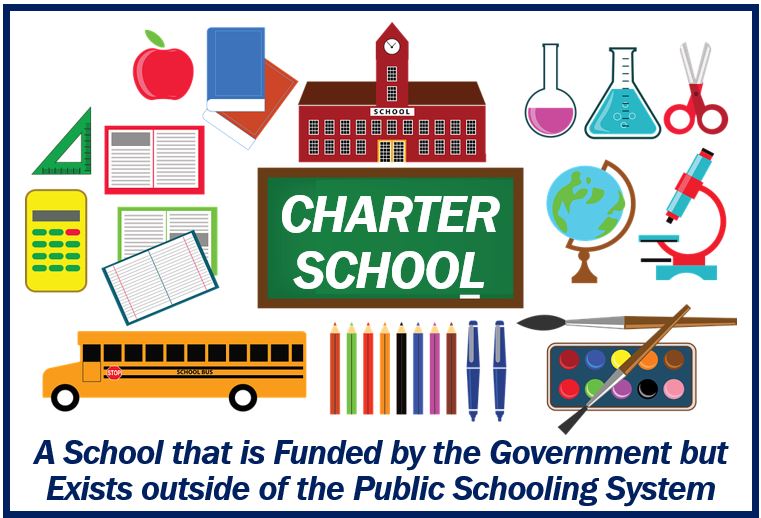A charter school is a school that is funded by the government but exists outside of the public schooling system. They are usually given leniency concerning state regulations and are offered privileges that traditional state schools do not have access to. However, to maintain this charter, charter schools must meet a certain performance expectation that has been required by the state. The spectacular results that charter schools generate are the reason they receive so many privileges.

Public schools can also become charter schools. They do not require testing to give admission to students, and the amount of funding they receive is dependent on the number of students in the charter school. Minnesota was the first state to support the establishment of charter schools. After Minnesota did this in 1991, other states also established legislation that provided charter schools’ creation.
Not every state supports charter schools, and in states that do, the laws guiding them differ greatly. Despite this, charter schools are very popular and are the most popular alternative to the public schooling system, with over 4000 schools being established.
Charter schools and public schools within a particular district are noticeably different, even though the charter schools are often under the district’s authority. Creating a general standard for charter schools is a complicated task because there are a lot of states where charter schools are not legally supported.
As a result, the qualities and features of a charter school depend heavily on the specific state. The level of influence and control a state or district has over the charter school system is used to determine whether the charter legislation is strong or weak. In states with strong charter legislation, the state has more control over the charter process than the school board, and in states with weak charter legislation, the school board has more influence and control.
The amount of funding a charter school receives from the state is one of the most important factors determining whether the charter legislation will be strong or weak. Schools that receive more money tend to receive stricter regulation, while schools receive less money are given more freedom.
My Thoughts on Charter Schools
Despite this pessimism, I’m on the proponent side of charter schools. Katie Ash rposted the results from a charter school research study from Stanford that found 63 percent of charter schools outperformed public school counterparts in mathematics. The report looked at schools in NYC, but similar results exist across the country. In addition to delivering quality education overall, the competitive vibe that charters bring with them elevates the performance of all public schools.
Traditional district schools face more pressure to keep the brightest students, which translates to higher levels of innovation by educators. I believe that the future of K-12 learners is brighter due to the inception of charter schools, but only if these schools are continually monitored for quality, strength in management, and prioritization of student needs.
The Future of Charter Schools
For charter schools to be successful in the future, there needs to be transparency. States have long held a somewhat laissez-faire approach to charters, allowing them the freedom to operate how they see fit and not stepping in until mistakes are past repair. For charter schools to accomplish their mission – which I believe adds value to the traditional public school system and raises the bar for all K-12 students – they need to consider their existence a partnership with the state.
Since the initial charter schools began sprouting up in Minnesota in 1991, the battle to find a balance between accountability and through autonomy has existed; stories like the ones out of Orlando show that not enough progress has been made in this regard. Educators and legislators need to realize the success of each depends on the other and approach charter school goals with this mentality.
For charters to achieve optimal student success, the public also needs more info on what these schools are and how to heighten the public school education experience. While educators recognize charter schools as public entities, community members often confuse charter schools with for-profit educational management organizations.
This leads to an feeling of resentment as students are seen as a business opportunity. Myths and misconceptions mean that charter schools are often seen in a negative light for the wrong reasons. As more stakeholders understand the benefits of well-run charter schools, better outcomes are possible.
Interesting related article: “What is Education?“
